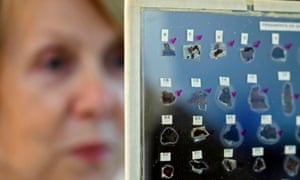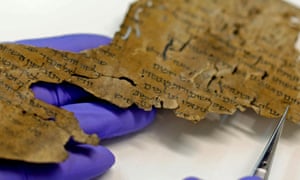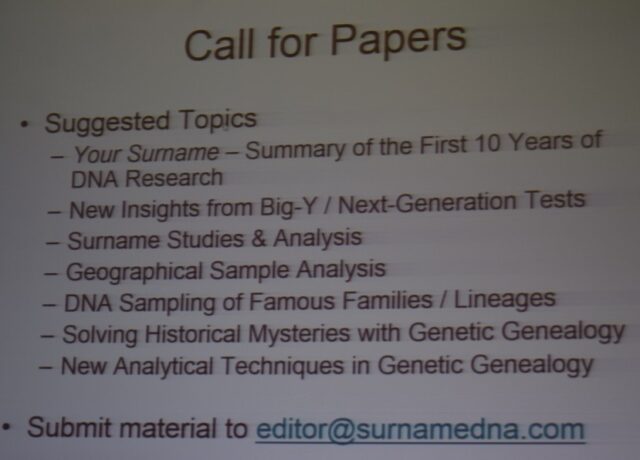With myriad fragments and a unprecedented previous, the Useless Sea scrolls are fairly a puzzle. Now consultants say historical DNA has helped them piece collectively which fragments come from the identical scrolls, in addition to which texts might have travelled a distance, and the way widespread the writings had been.
The scrolls are one of the exceptional discoveries of the 20th century. Discovered within the caves of Qumran in addition to different websites across the Judean desert, the traditional texts cowl components of the Hebrew bible canon in addition to writings about spiritual practices, authorized paperwork, and hymns.
Nevertheless, whereas practically full parchment scrolls have been found, there are additionally a mess of fragments – greater than 25,000 in complete – a few of which have a debated origin.
“For the primary students they confronted a formidable process of attempting to know what number of jigsaw puzzles they’re truly having, and what number of of an unknown variety of items was misplaced without end,” mentioned Prof Noam Mizrahi of Tel Aviv College, Israel, and a co-author of the analysis.
Now researchers say historical DNA is providing clues.

“The organic materials of the texts, that the texts are written on, is as informative and as telling because the textual content that was written on it,” Mizrahi informed the Guardian.
Writing within the journal Cell, the staff reported how mitochondrial DNA extracted from 26 fragments reveal that 24 of them, together with two fragments from the e book of Jeremiah, had been product of sheep pores and skin, whereas two fragments, additionally of Jeremiah, had been constructed from cow pores and skin.
That recommended the latter had been most likely produced outdoors of Qumran, the staff mentioned. “The Judean desert has not been properly suited to cow husbandry for at the least the final two millennia, and there’s no proof for the processing of cow skins in Qumran.”
The researchers added that the concept was supported by different proof, together with that one of many cow-skin fragments was thought thus far to lengthy earlier than the scrolls had been left within the caves at Qumran.
What’s extra, with every of the cow fragments displaying a special model of Jeremiah, the staff mentioned the outcomes recommended totally different variations of the textual content had been circulating within the area, and weren’t simply right down to the scribes of the Qumran sect who, Mizrahi mentioned, had a “peculiar world view”.
Equally, the staff say genetic evaluation of fragments bearing the non-biblical Songs of the Sabbath Sacrifice, suggests this textual content, too, was circulating past Qumran.
The researchers additional analysed the 24 sheep fragments, in addition to different objects discovered within the caves, by taking a look at nuclear DNA.
Whereas this DNA was extremely degraded, and contaminated with human DNA, the staff mentioned they had been nonetheless in a position to discover genetic similarities and variations.

Amongst their outcomes, the staff discovered a fraction of a authorized doc allegedly from cave four in Qumran didn’t cluster genetically with different Qumran fragments – supporting suspicions from earlier analysis that it had a special origin. The approach additionally revealed to which of two historical waterskins, every constructed from an entire sheep and located in the identical Qumran cave, a broken-off leather-based fragment belonged, and revealed scroll fragments written in a selected scribal custom known as QSP cluster collectively genetically, suggesting they got here from a small space in distinction to these written in different traditions.
However Prof Ira Rabin, an professional within the Useless Sea scrolls from the Federal Institute for Supplies Analysis and Testing (BAM) in Germany, mentioned the analysis didn’t reveal any new particulars, whereas it has lengthy been identified that a few of the scrolls come from outdoors Qumran.
“[Generally] one doesn’t want DNA to see whether or not a fraction is from a cow or from a sheep,” she added, additionally stating earlier genetic research discovered no signal of sheep pores and skin – one thing the authors of the brand new examine say is right down to the restrictions of early historical DNA methods and totally different fragments being studied.
Nevertheless Dr Matthew Collins, a senior lecturer in Hebrew bible and Second Temple Judaism on the College of Chester, welcomed the analysis.
“By inspecting genetic relationships between totally different scrolls – and thus between the animals whose skins had been used to provide them – it might be attainable to determine whether or not clusters of texts originated in a single flock, or household, of animals – which can point out a extra centered or localised origin – or whether or not there may be as an alternative comparatively little genetic correspondence between them, which can recommend a much more various origin, being imported from elsewhere,” he mentioned.
However he added: “It’s vital to keep in mind that this DNA sequencing solely tells us concerning the origins of the parchment, not the place the scrolls themselves had been written.”










